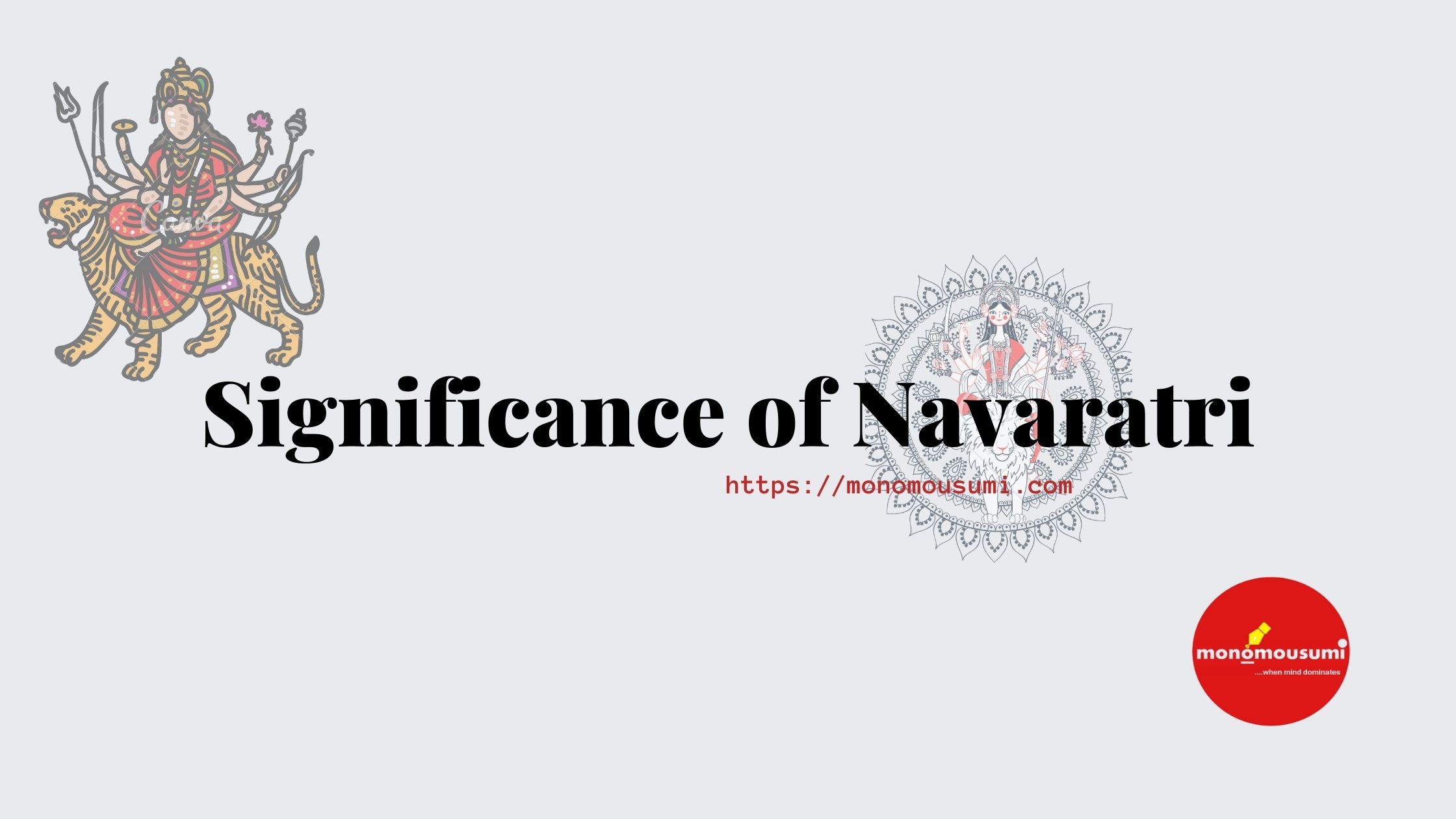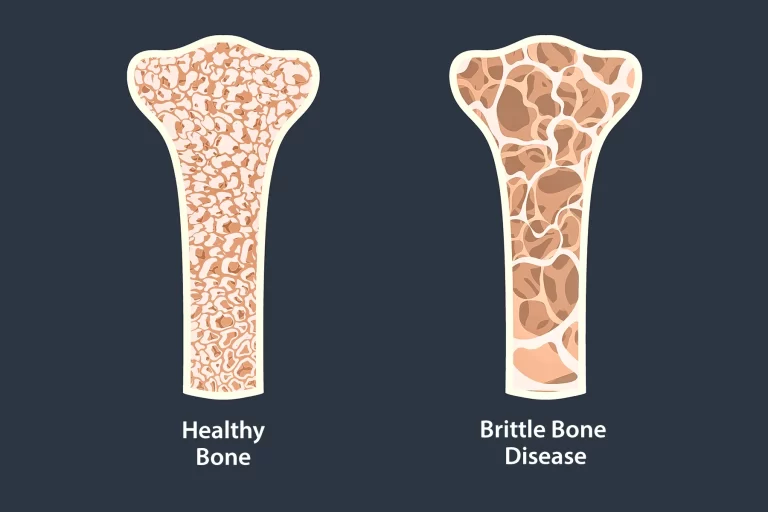
Navaratri is a renowned sacred festival celebrated by large number of Hindu devotees every year during the month of Ashwin (October).The word ‘Navaratri’ in Sanskrit means nine nights. Navaratri is celebrated in various forms comprising of different rituals and customs practised all over India with fervour and contentment. Goddess Durga is an epitome of immense power and has the ability to fulfill any desire.
This festival is solely dedicated to the nine incarnations (avatars) of Goddess Durga. These nine goddesses (NavDurga) were capable to conquer the most malevolent demons who could not be defeated by any of the other superpowers in the universe. It is celebrated four times a year in India – Sharada Navratri, Vasanta Navratri, Magha Navratri and Ashada Navratri. Among all these,Sharad Navratri is quite popular across India.
Navaratri is related to the eminent battle that took place between Durga and the powerful demon(asura) Mahishasura. It has a great significance in Hindu culture and religion.Each day is associated to various forms of goddess Durga.
Day 1 – Shailaputri
Generally known as Pratipada, this day is associated with Shailaputri (which means “Daughter of Mountain”), which is an avatar (incarnation) of Parvati. In this form Goddess Durga is adored as the consort of Lord Shiva. In this incarnation she is portrayed as riding the bull, Nandi, with a divine symbol of trident (trishul) in her right hand and lotus in her left. Shailaputri is also regarded as the direct incarnation of Mahakali ( Goddess of Time, Death and Doomsday). The color for this specific day is ‘Red’ which expresses action and vigour.
Day 2 – Brahmacharini
On Dwitiya (second day in the lunar fortnight) Goddess Brahmacharini, which is another incarnation of Parvati, is worshipped. Here Brahmacharini means a female student who devotes her time in learning new things and stays with her guru in Aashram along with fellow students. In this form Goddess Durga also transforms into Sati, her unmarried self. Brahmacharini is worshiped for salvation from sins and for the gift of peace and prosperity. She is conveyed as walking bare feet and holding a japamala and kamandal in her hands. The colour code for this day is ‘Blue’ ,which symbolises tranquillity and bliss.
Day 3 – Chandraghanta
Tritiya which means on third day , Chandraghanta – one who has a half moon shaped bell. She is the entity of beauty and grace. On this day people believe that she has the power to uproot the physical sufferings, mental stress and forgive the sins of every devotees that is why she holds a trident, bow and arrow and a sword.The colour code for this day is ‘Yellow’ which is a lively and vibrant colour and has the ability to captivate every mind.
Day 4 – Kushmanda
On this day, Goddess Kushmanda also known as the Goddess of the Cosmic Egg Brahmanda .It is believed that she improves the health and bestows strength and wealth .She is also known as Ashtabhuja Devi. She is depicted as having eight arms and seated on a tiger. Colour code for this day is green, since on this day green vegetation was endowed on Earth. Green colour symbolises tranquillity, harmony and good health.
Day 5 – Skandamata
Skandamata also known as Mother of war god, Kartikeya is worshiped on Panchami. She is the mother of Skanda (or Kartikeya). The color of Grey is symbolizes the transforming power of a mother when her child is confronted with danger. She is shown as riding a ferocious lion, having four arms out of which two often holds lotus flower and one hand in boon- conferring posture and with the other hands she is holding her son Kartikeya in her lap.
Day 6 – Katyayani
Katyayani also known as Goddess of War is an incarnation of Durga and she exhibits great courage and potency. She is considered as one of the most violent forms of Devi. She is also know as Bhadrakali or Chandika.The colour for this day is ‘Orange’.She has four arms and rides a fierce lion. She is also known as an avatar of ‘Maha Lakshmi’.
Day 7 – Kalaratri
Kalaratri also known as Subhankari is considered the most ferocious form of Goddess Durga. Her appearance itself invokes fear among many people. There is an ancient myth that Goddess Parvati decorticated her fair skin to kill the powerful wicked demons Sumbha and Nisumbha.On Saptami, the Goddess appears in a white color with a lot of rage in her fiery eyes, and her skin turns into black colour.
The colour for this day is White. It is colour of purity, prayer and peace. Sheassures protection and good luck to all her devotees.
Day 8 – Mahagauri
Mahagauri also known as goddess of beauty and women symbolizes peace and intelligence. One who worships Mahagauri gets relief from all the pain and sufferings and attains eternal peace. The colour related to this auspicious day is Pink which represents optimism.
Day 9 – Siddhidatri
On the final day of Navratri also known as Navami, people offer prayers to Siddhidhatri. She is also known as SriLakshmi Devi. The word, ‘Siddhi’ means supernatural powers or meditative abilities and ‘Dhatri’ means giver or awarder. The colour for this day is light blue is conveys an adoration towards nature’s beauty.
In eastern and north-eastern states, Navratri is often referred to as Durga Puja. As per the holy scriptures, the demon king Mahishasura fervently worshipped Lord Shiva and acquired supreme powers. So the divine trinity of Brahma, Shiva and Vishnu combined their superpowers and created Goddess Durga to safeguard the universe from the atrocities of Mahishasura .In northern, southern and western states, Navaratri is referred to as Ram Leela or Dussehra in these regions. This symbolises the victory of Lord Rama over the evil king Ravana, as described in the Ramayana.
During these nine days of worship, Goddess Parvati showers her blessings which in turn helps us to get rid of all the 10 evils that exists within us.
The 10 days ( Vijaya Dasami) refers to 10 evil qualities.
1.) Kama (Lust)
2.) Krodh ( Anger)
3.) Lobh (Greedy)
4.) Moh ( Attachment)
5.) Ahankar (Ego)
6.) Darr ( Fear)
7.) Nafrat ( Hatred)
8.) Jadta ( Inertia or Idleness)
9.) Irsha (Jealousy)
10.) Paschatap ( Guilty)
Navaratri is celebrated with full enthusiasm and grandeur across different states in India. In est Bengal, the famous ‘Durga Puja’ is celebrated every year. Traditionally ‘Garba’ a kind of folk dance which was originated in Gujarat. is performed by large number of people to commemorate Goddess Durga.
The traditional wardrobe of the Garba dancer comprises of pink, yellow, red orange, and other brightly colored chanya or ghagra choli, along with dupatta with bandhani (tie-dye), abhla (big mirrors) or they wear thick Gujarati borders. Heavy Jewelleries are also worn like necklaces, sparkling bangles, waist belts, and long polished oxidized earrings. Traditionally men wear an ethnic kedia along with a pajama or a dhoti with an oxidized necklace and bracelet. Generally, the dandiya sticks are made of wood. Large number of people from all around the world come to India to catch a glimpse of this prestigious festival every year.
Unfortunately due to the rise of Covid-19 pandemic strict rules and regulations have been imposed restricting large social gatherings and pandals. Also the size of idols of Goddess Durga has been reduced.So this year one cannot enjoy the traditional sacred ‘Garbha’ dance. Many devotees also observe a fast on all nine days of this festival.
India is also known as the land of festivals owing to its rich amalgamation of different cultures, ethnic backgrounds, languages, religious sentiments, diverse history, and different traditions throughout the year. During these nine days of Navaratri the universe acts in mysterious ways. Serenity reigns in myriad forms of splendid existence. And just when the evil deeds transcend in the society, Goddess Durga finds her path into this mortal world to destroy the evil and to bless the good people, thereby making the universe a better place to live in.
By Richie Elangical, Mumbai


